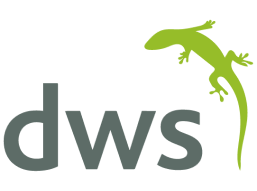For much of the JD Edwards EnterpriseOne install base, getting code-current and adopting a strategy of continuous innovation is a business imperative. Innovation comes in many shapes and sizes. Sometimes it’s obvious, like migrating to the cloud or embracing mobility. Other times it can seem a little paradoxical, like a move to de-customize or standardize an implementation. Standardization should be seen as innovation for organizations.
There was a time when customization was the preferred way to go (or, perhaps, more accurately the only way to go), if you wanted additional functionality. However, as E1 has evolved, many of the more advanced features have become part of the standard package.
Continuous delivery and orchestration have accelerated the time to market for new features and functionality. With each new update to 9.2, not only are there opportunities to introduce new features, but equal opportunities to reduce the size of your custom footprint.
One of the barriers to adopting the continuous innovation approach is the perception that every change event project will be time-consuming, risky and threaten business continuity. Ironically, the more updates you carry out, the less risky they become. This creates a virtuous cycle of improvement, as with every subsequent update your customized footprint is reduced and your projects become smaller, faster and smarter.
The reduction in time and effort is not only realized in the update project itself, but also in the functional testing of the updated software. As the number of mods or custom objects comes down, so does the burden of testing. If you’re using a test planning or automation solution like Dimension SwifTest, these savings can be even more dramatic. As you build up a library of scripts, you are able to plan and execute your functional testing faster with every subsequent change event project.
These benefits aren’t just theoretical. In recent years, we have been involved in many updates or code-current change event projects where de-customization was a driving force. Rather than a fortunate by-product of the update, JDE customers have been actively seeking opportunities to eliminate custom objects or redundant mods.
For some, moving closer to standard is part of a longer-term digital transformation strategy. We’re seeing more workflows moving to the cloud than ever. Customers are embracing IaaS and PaaS for ERP as they seek to take advantage of the enhanced agility, accessibility and cost-efficiency of cloud infrastructure.
If you’re thinking about adopting a code-current strategy, or migrating more of your workloads to the cloud, speak to one of our JDE E1 consultants. We can share some of our recent experiences and help your business to embrace continuous innovation.




